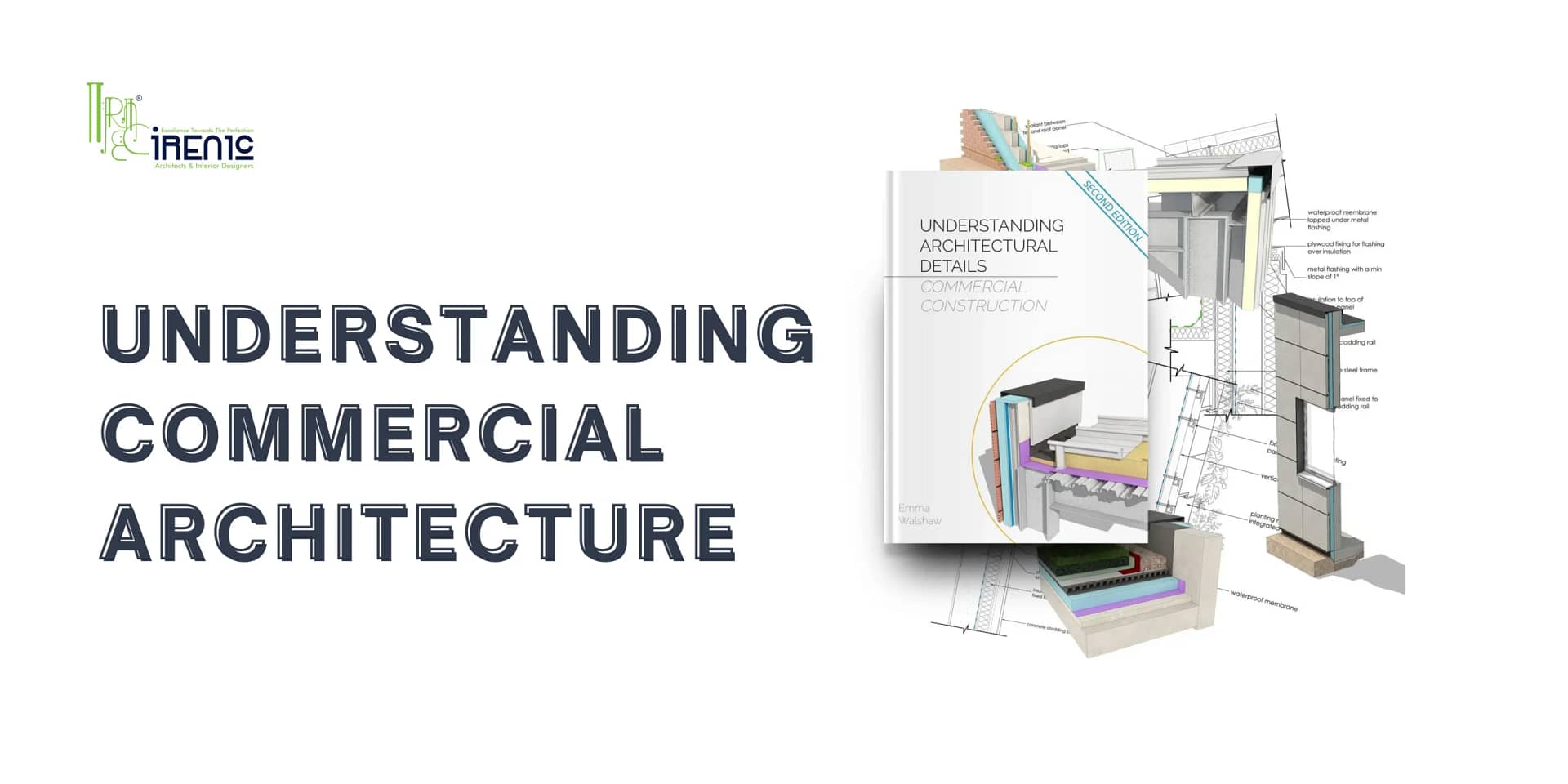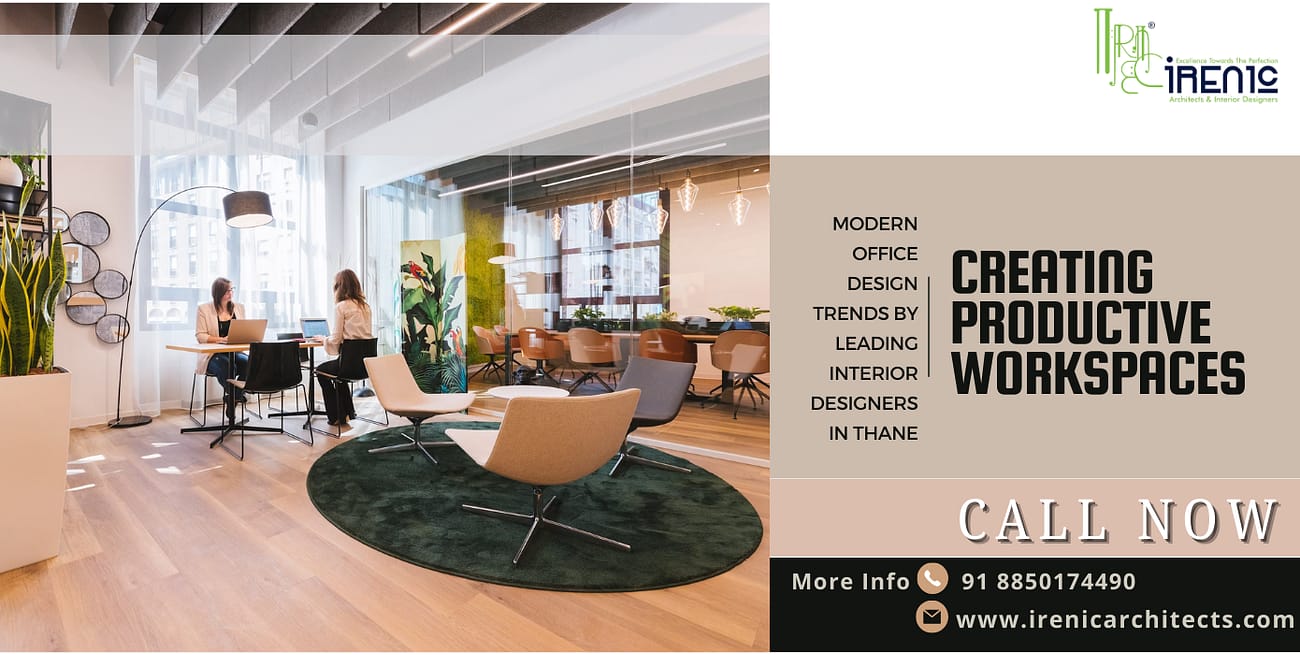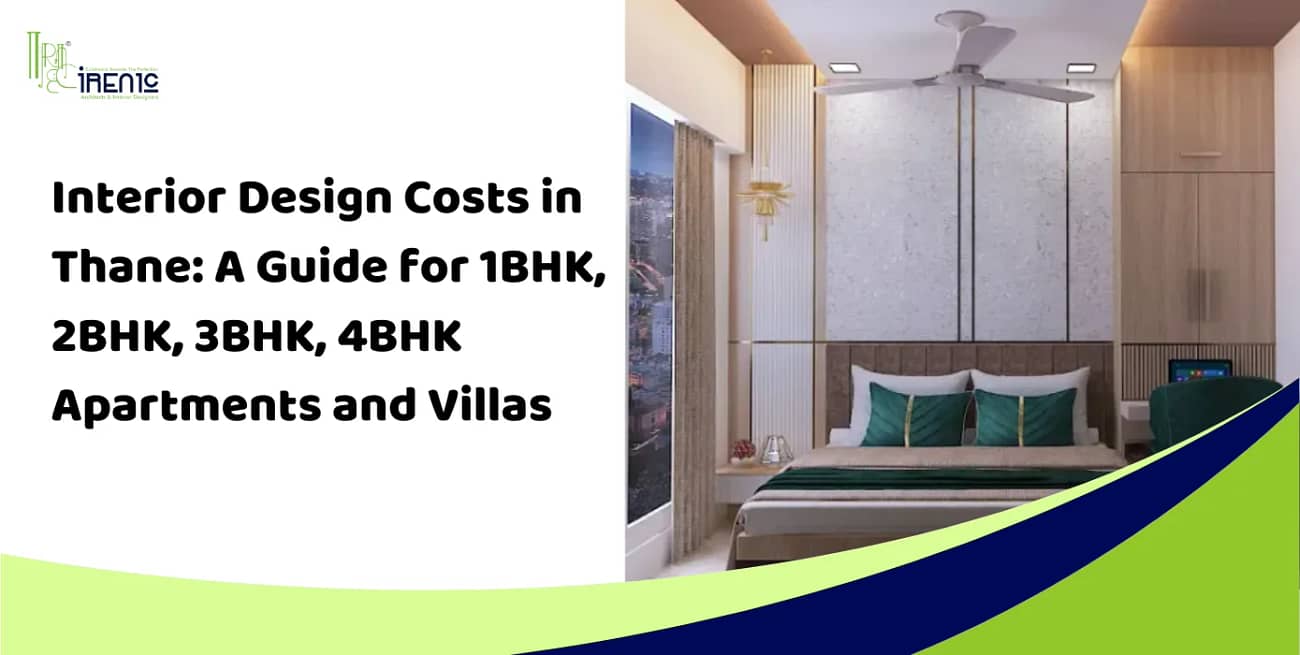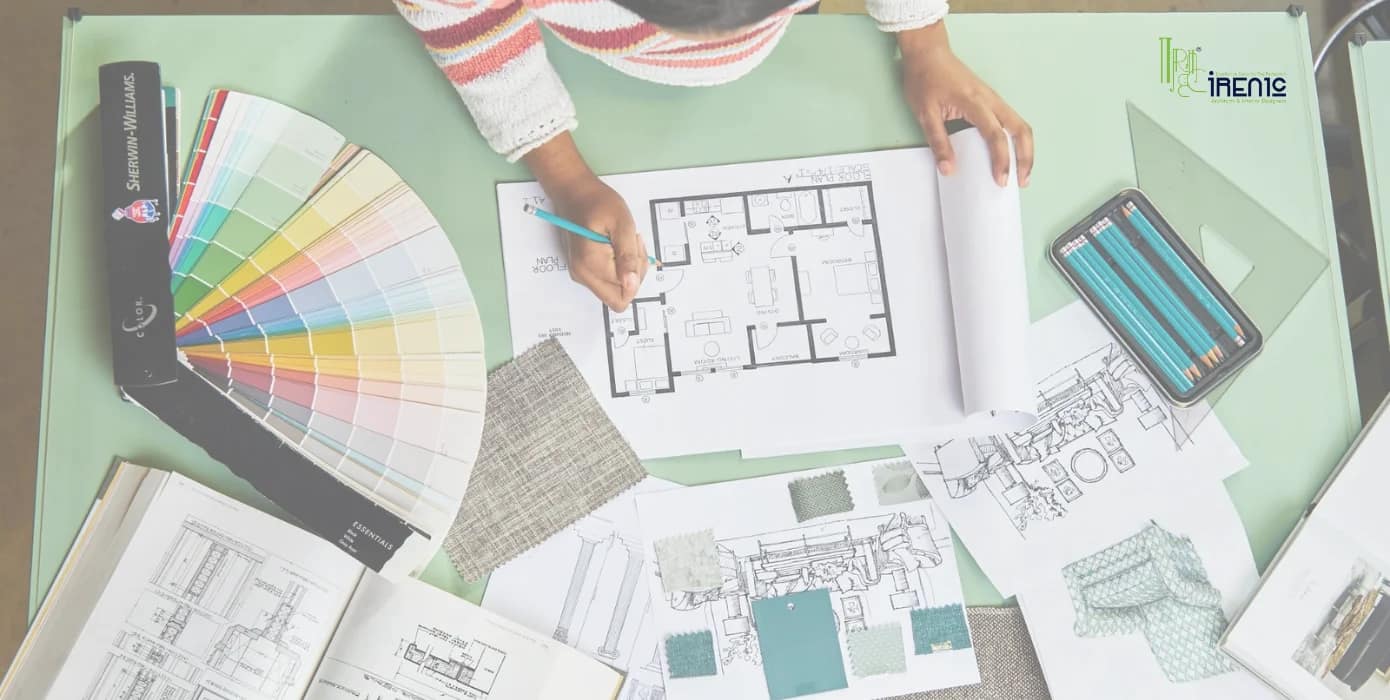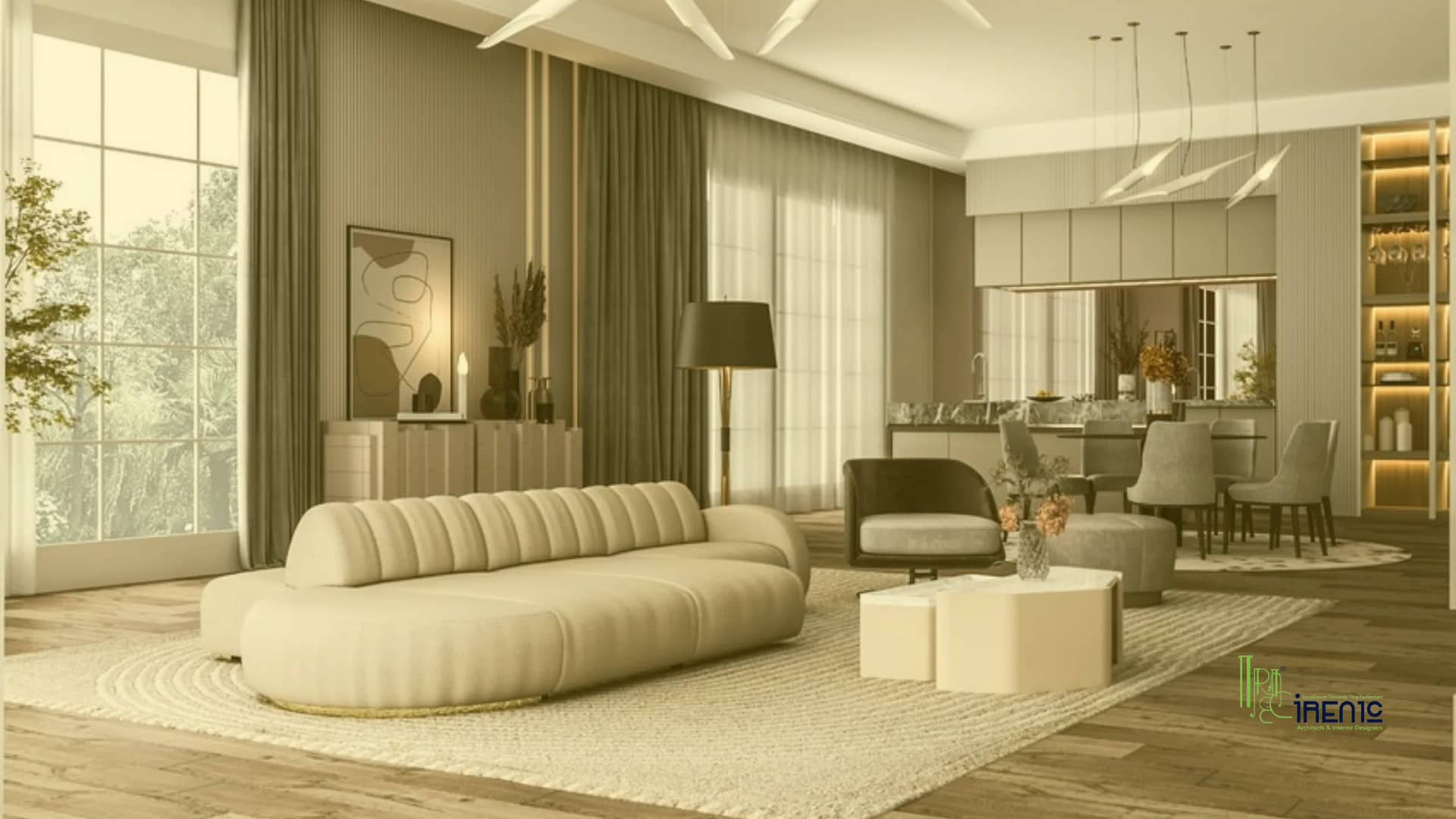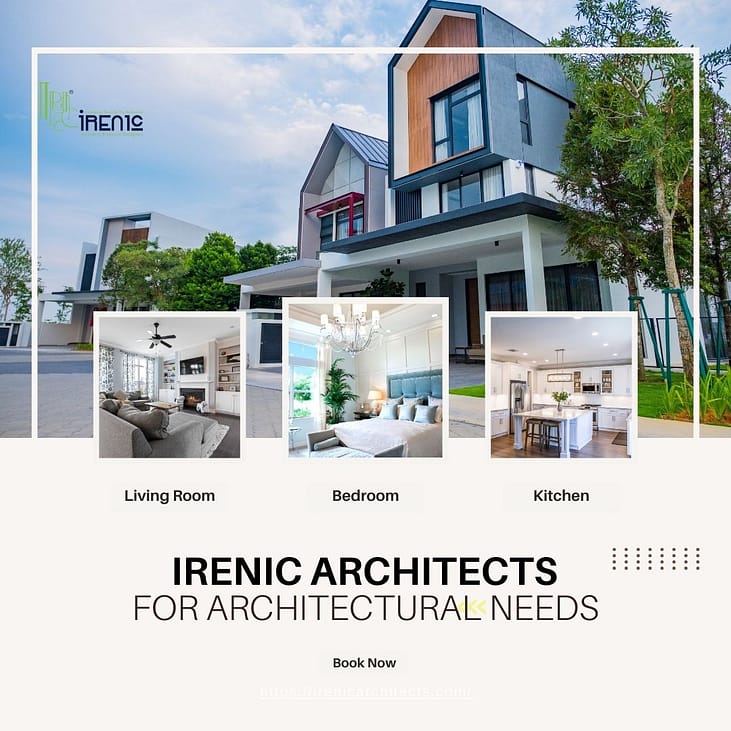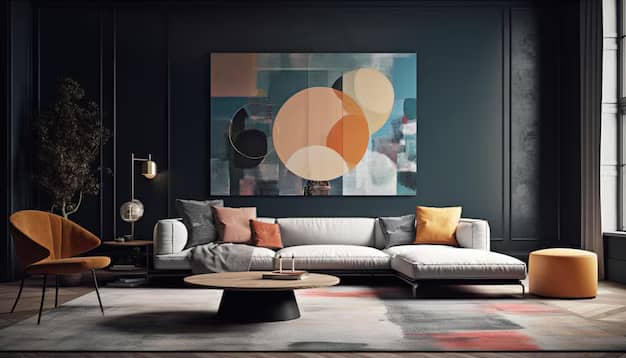Introduction
Budget-friendly office interior design tips and ideas Creating an inviting and efficient office building space doesn’t have to strain your budget. With thoughtful planning and innovative ideas, Office Interior Design and Irenic architects can help you achieve a stylish and functional workspace without overspending. Whether you’re establishing a home office or renovating corporate interiors, we specialize in crafting environments that enhance productivity and comfort without breaking the bank. Our expertise lies in repurposing furniture, integrating natural elements, and implementing strategic design service solutions to ensure your design office is both cost-effective and visually appealing. Let us guide you through budget-friendly tips and ideas that will transform your office into a stunning yet affordable space.
1. Planning and Budgeting

The first step in designing an affordable office interior is planning and budgeting. Determine the amount you are willing to spend and prioritize your needs. Create a detailed list of what you need to purchase or renovate to avoid unnecessary expenses and stay focused on the essentials.
Steps for Effective Planning
- Assess Your Space
- Measure the dimensions of your office space to understand the layout.
- Identify potential areas for improvement.
- Prioritize Needs Over Wants
- Focus on essential items like desks, chairs, and storage solutions before considering decorative elements.
- Set a Realistic Budget
- Allocate funds for different categories such as furniture, lighting, and decor.
- Manage expenses effectively by sticking to your budget.
- Research and Compare Prices
- Look for the best deals online and in stores.
- Comparing prices can help you find quality items at lower costs.
2. Choose Multi-Functional Furniture

Investing in multi-functional furniture is a smart way to save money and maximize space. Furniture that serves more than one purpose reduces the need for additional pieces, thereby cutting costs.
Steps for Choosing Multi-Functional Furniture
- List Essential Furniture
- Determine the furniture you absolutely need.
- Explore Multi-Functional Options
- Look for desks with built-in storage or fold-out desks.
- Consider modular furniture that can be rearranged or expanded.
- Compare Prices and Quality
- Research different brands and compare their offerings.
- Look for sales or second-hand options to save money.
- Check for Durability
- Ensure the furniture is sturdy and long-lasting to avoid future replacement costs.
3. DIY Decor and Upcycling
Do-it-yourself (DIY) projects and upcycling are excellent ways to add personality to your office while keeping expenses low. By repurposing old items or creating new ones from scratch, you can achieve a unique look without spending much.
Steps for DIY Decor and Upcycling
- Identify Items to Upcycle
- Look for old furniture or decor items that can be repurposed.
- Plan Your DIY Projects
- Decide what changes you want to make to each item.
- Gather necessary materials and tools.
- Execute Your DIY Projects
- Paint or refinish old furniture to give it a new look.
- Create wall art or decorative items using inexpensive materials.
- Incorporate DIY Decor into Your Office
- Arrange your DIY decor items in your office space.
- Ensure they complement the overall design and functionality.
4. Optimize Lighting
Good lighting is essential for a productive office environment. Natural light is the best option, but you can also use artificial lighting effectively.
Steps for Optimizing Lighting
- Maximize Natural Light
- Position desks and workstations near windows.
- Use light, sheer curtains to allow more light in.
- Choose Energy-Efficient Lighting
- Use LED bulbs which are energy-efficient and long-lasting.
- Consider task lighting for specific work areas.
- Add Affordable Light Fixtures
- Look for budget-friendly lamps and overhead lights.
- Consider second-hand options or sales for more savings.
- Use Mirrors to Reflect Light
- Place mirrors strategically to reflect natural light.
- This can make your office appear brighter and more spacious.
5. Smart Use of Colors and Paint
Colors have a significant impact on mood and productivity. A fresh coat of paint can transform your office without a hefty price tag.
Steps for Smart Use of Colors and Paint
- Choose the Right Colors
- Opt for light and neutral colors to create a calm and spacious feel.
- Use accent colors to add interest and define different areas.
- Calculate Paint Requirements
- Measure your walls to determine how much paint you need.
- Buy only the necessary amount to avoid wastage.
- Look for Affordable Paint Options
- Check for sales or discounts at local stores.
- Consider second-hand paint stores for cheaper options.
- Paint the Office Yourself
- Save money on professional painting services by doing it yourself.
- Use quality brushes and rollers for a smooth finish.
6. Efficient Space Planning
Efficient use of space can make a small office appear larger and more functional. Proper space planning helps in utilizing every inch effectively.
Steps for Efficient Space Planning
- Analyze Your Office Layout
- Identify the most frequently used areas.
- Determine the flow of movement within the office.
- Create Zones for Different Activities
- Designate areas for workstations, meetings, and relaxation.
- Use furniture to define these zones.
- Optimize Furniture Arrangement
- Arrange furniture to maximize space and ensure easy movement.
- Avoid clutter and keep pathways clear.
- Incorporate Storage Solutions
- Use vertical storage options like shelves and cabinets.
- Consider under-desk storage to save space.
7. Affordable Storage Solutions
Good storage solutions are essential for an organized and clutter-free office. Affordable storage options can help you keep everything in place without overspending.
Steps for Affordable Storage Solutions
- Assess Your Storage Needs
- Determine the amount and type of storage you need.
- Explore Budget-Friendly Options
- Look for affordable shelves, cabinets, and storage bins.
- Consider second-hand or DIY storage solutions.
- Use Vertical Space
- Install shelves or cabinets on walls to save floor space.
- Use over-the-door organizers for additional storage.
- Label and Organize
- Label storage bins and shelves for easy access.
- Keep similar items together to maintain order.
8. Incorporate Greenery
Adding plants to your office can improve air quality and create a pleasant environment. Plants are an affordable way to enhance the aesthetic appeal of your office.
Steps for Incorporating Greenery
- Choose Low-Maintenance Plants
- Opt for plants that require minimal care, such as succulents or snake plants.
- Use Budget-Friendly Pots and Planters
- Look for inexpensive pots or consider DIY options.
- Position Plants Strategically
- Place plants on desks, shelves, or windowsills.
- Ensure they receive adequate light.
- Regularly Maintain Your Plants
- Water and care for your plants regularly to keep them healthy.
9. Second-Hand and Thrift Shopping
Thrift stores and second-hand shops can be treasure troves for affordable office furniture and decor. You can find unique items at a fraction of the cost of new ones.
Steps for Second-Hand and Thrift Shopping
- Research Local Thrift Stores
- Identify thrift stores, garage sales, and online marketplaces in your area.
- Make a Shopping List
- List the items you need to avoid impulse purchases.
- Inspect Items Carefully
- Check for quality and condition before buying.
- Ensure that furniture is sturdy and free from major damage.
- Negotiate Prices
- Don’t be afraid to negotiate for a better price.
- Look for sales or discounts to save even more.
10. Minimalist Design Approach
A minimalist design approach focuses on simplicity and functionality. It can help you create a clean, uncluttered office environment that promotes productivity.
Steps for a Minimalist Design Approach
- Declutter Your Space
- Remove unnecessary items and keep only essentials.
- Choose Simple and Functional Furniture
- Opt for furniture with clean lines and minimal ornamentation.
- Use a Neutral Color Palette
- Stick to a neutral color scheme to create a calm and cohesive look.
- Incorporate Storage Solutions
- Use hidden storage to keep surfaces clear and maintain a minimalist aesthetic.
11. Utilize Wall Space
Using wall space effectively can help you keep your office organized and free up floor space.
Steps for Utilizing Wall Space
- Install Shelves
- Use wall-mounted shelves to store books, files, and decorative items.
- Hang Organizational Tools
- Use wall-mounted organizers, such as pegboards or corkboards, to keep supplies within reach.
- Display Art and Decor
- Hang artwork or decorative items to add personality to your office.
- Use Hooks and Racks
- Install hooks or racks for hanging coats, bags, or accessories.
12. Optimize Office Layout
An optimized office layout can improve workflow and efficiency.
Steps for Optimizing Office Layout
- Assess Workflow Needs
- Identify the tasks performed in each area of the office.
- Arrange Workstations for Efficiency
- Place workstations near the resources they need, such as printers or storage.
- Create Collaboration Areas
- Designate areas for team meetings and collaboration.
- Ensure Accessibility
- Make sure all areas are easily accessible and free from obstacles.
13. Incorporate Technology Wisely

Using technology wisely can enhance productivity and reduce costs.
Steps for Incorporating Technology
- Invest in Essential Technology
- Focus on essential tech items like computers, printers, and Wi-Fi routers.
- Use Second-Hand or Refurbished Tech
- Consider purchasing second-hand or refurbished technology to save money.
- Implement Cable Management
- Use cable organizers to keep cords tidy and prevent tripping hazards.
- Leverage Free or Low-Cost Software
- Use free or affordable software solutions for office tasks and communication.
14. Create a Comfortable Environment
A comfortable office environment boosts employee morale and productivity.
Steps for Creating a Comfortable Environment
- Ensure Ergonomic Furniture
- Choose ergonomic chairs and desks to support good posture and reduce strain.
- Maintain an Optimal Temperature
- Keep the office temperature comfortable with proper ventilation and heating/cooling systems.
- Provide Break Areas
- Create designated areas for breaks and relaxation.
- Personalize Workspaces
- Allow employees to personalize their workspaces with photos, plants, or personal items.
15. Regular Maintenance and Upkeep
Regular maintenance helps prolong the life of your office furniture and decor, saving money in the long run.
Steps for Regular Maintenance and Upkeep
- Schedule Regular Cleaning
- Keep the office clean and tidy to maintain a pleasant environment.
- Perform Routine Inspections
- Check furniture and equipment regularly for wear and tear.
- Address Repairs Promptly
- Fix any issues as soon as they arise to prevent further damage.
- Replace Worn-Out Items
- Replace items that are beyond repair to maintain a professional appearance.
Incorporating greenery, utilizing wall space, and leveraging technology wisely contribute to a well-rounded, efficient office design. Regular maintenance and upkeep ensure longevity and sustained quality of the office space, ultimately saving costs in the long run. By following these budget-friendly tips and ideas, you can achieve a stylish and functional office that meets your needs and reflects your professional image, all while staying within budget.
Transform your office into a productive and welcoming space that fosters creativity and efficiency, proving that great design does not have to come at a high price. With thoughtful planning and resourcefulness, you can create an office environment that supports your goals and enhances your daily work experience.
For more insights and effective strategies from Irenic Architects and Office Interior Design Interior Designers, visit the upcoming blog on Irenic Architects’ website that is Residential Interior Designs. Embark on your journey towards success today!
FAQ



